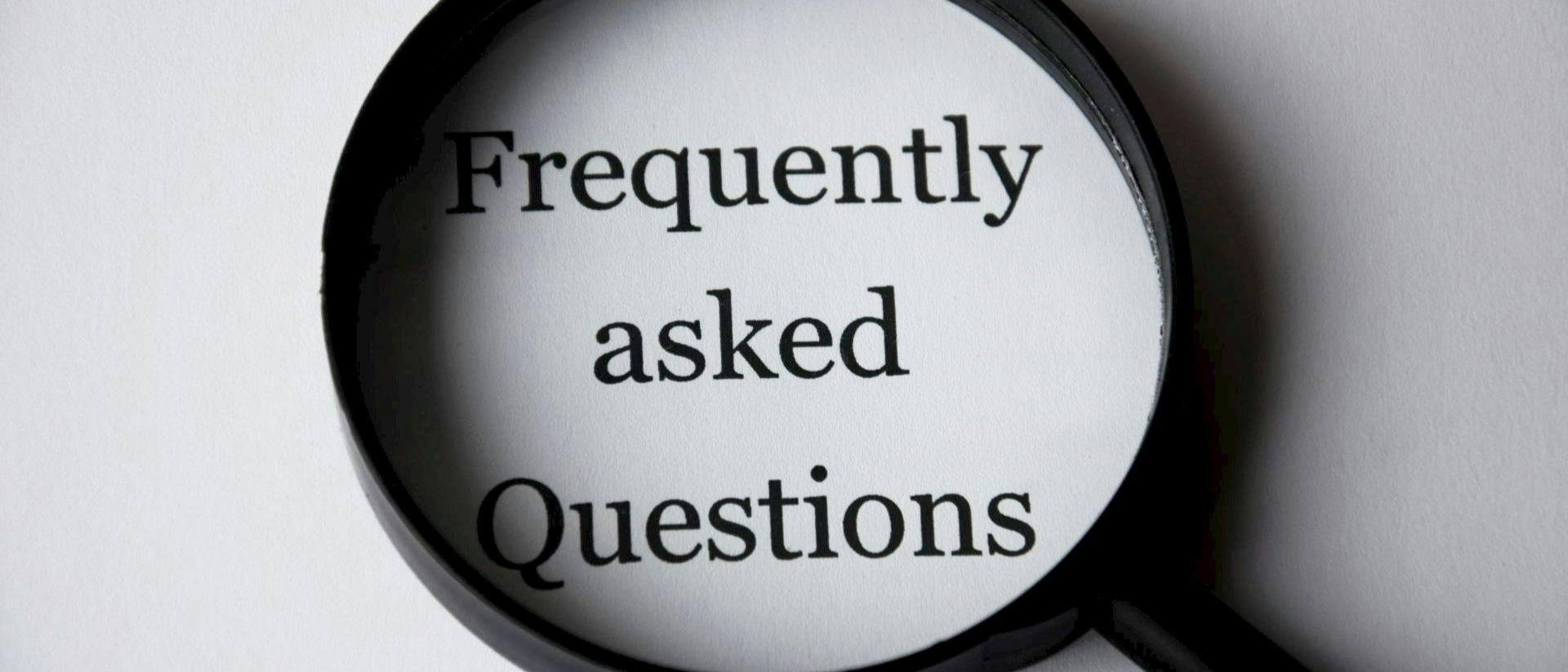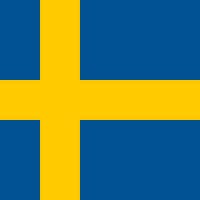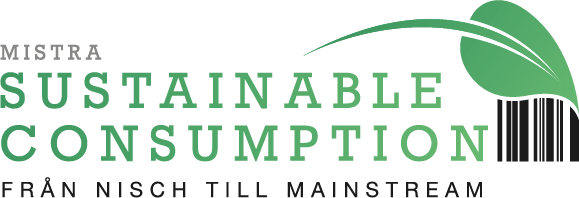
Frequently Asked Questions
If you don't find an answer to your question here, you can ask a question in the comment field or email to info(at)travelandclimate.org.
How can you change the type of car and fuel?
Click SELECT under the car bar or hover over the cerise field in the bar. Then you can change the car size and fuel. There are 5 car sizes and 7 fuels to choose from.
I get up train journeys with many changes even though there are better connections
We use GoogleMaps as a map system and they often show the fastest route from A to B, which is not always the best option. For example, night trains often take longer and then they don't show in the GoogleMap result. However, if you click on the plus sign (+) before the destination, you can determine your own route by entering the places with train connections that you want to pass on the way to the final destination.
After all, travelandclimate.org is a service for calculating emissions for traveling from one location to another - not primarily for finding the best connections or booking tickets.
How can flying generate lower emissions than taking a ferry?
This is simply because ferries almost always emits more than one flight. In our calculator an average air journey results in emissions of 127 g CO2 per passenger kilometre, while an average journey by ferry (without car and with normal ferry) results in emissions of 186 g. By car, 377 g per kilometer is added for the car. Fast ferries produce significantly higher emissions. Learn more about ferries here.
Trains don't always come up as an option
This applies mainly on longer journeys with many changes. This is because the route and map system we use (GoogleMaps) often show the fastest route from A to B, which is not always the best option. For example, night trains often take longer than a bus journey and then they don't show in the GoogleMap result. However, if you click on the plus sign (+) before the destination, you can determine your own route by entering the places with train connections that you want to pass on the way to the final destination.
After all, travelandclimate.org is a service for calculating emissions for traveling from one location to another - not primarily for finding the best connections or booking tickets.
How do I choose my own route or tour?
If you click on the plus sign (+) before the destination, you can determine your own route by entering the places you want to pass on the way to the final destination. If you want to calculate a round trip, you change from "round trip" to "single trip" and then enter all the places you want to pass or make a stop in.
Why is a bus shown where there is a train connection?
We use GoogleMaps as a map system and they often show the fastest route from A to B, which is not always the best option. For example, night trains often take longer than a bus journey and then they don't show in the GoogleMap result. However, if you click on the plus sign (+) before the destination, you can determine your own route by entering the places with train connections that you want to pass on the way to the final destination.
After all, travelandclimate.org is a service for calculating emissions for traveling from one location to another - not primarily for finding the best connections or booking tickets.
How come you calculate so diverging emissions from ferries compared to others?
There are a number of ways to calculate emissions from ferry travel. One factor is how much of the emissions can be attributed to passenger traffic. After all, most ferries also carry an amount of freight that should not be counted. There are several different methods to distribute the emissions between passengers and freight. Presumeably the shippping companies tend to use methods that show the minimum emissions. You can see which method we use here.
Other calculators show different emissions than travelandclimate.org
There are a multitude of ways to calculate emissions. One basic difference can be which system limits are used. Some of the factors that come into play for most transportation modes, are occupancy rate, energy efficiency and the fuel. For trains and electric cars, the degree of renewable energy in the actual energy network is also an important factor, as is matters whether you count on the effect of green or eco-labelled electricity or not. Emission from flying can also differ, mostly because of handling of the non-CO2 effects, but also if you have specific knowledge of an aircrafts data or calculate with average data. For ferries the results also can diverge on account of usage of different allocation methods of emissions from cargo and passengers.
By reading our Methodology Report, you can compare our method with other methods
Thank you for your submission. Comments are moderated and there will be a delay before your comment is published.










